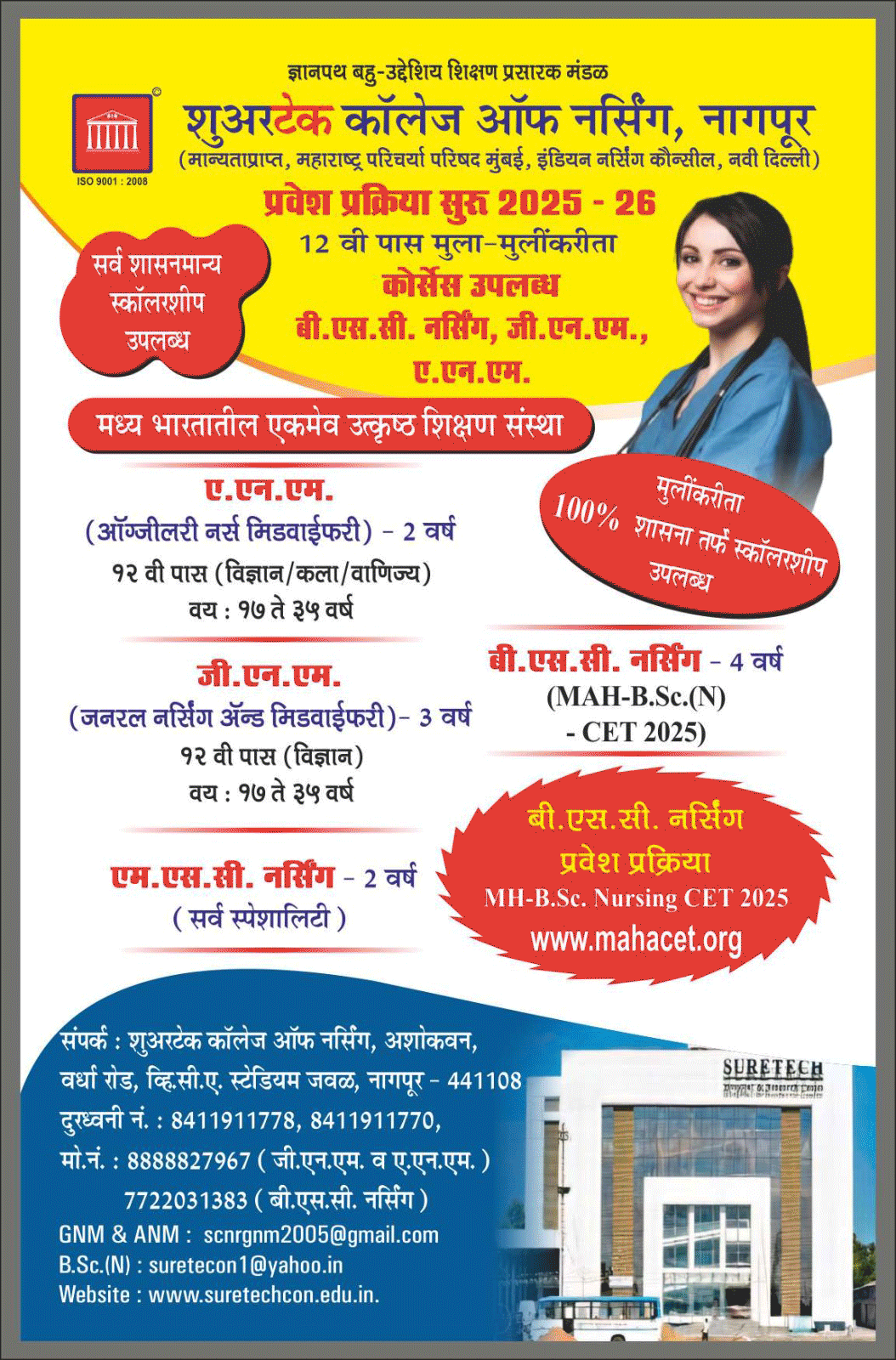1. Monitoring condition of patients in hospitals:
Making it possible for a sensor on a medical device attached to a patient to send information to a database in real time, a doctor can then access this database on a smartphone and can continuously monitor the patient’s condition.
2. Smart garbage bins:
In Finland, sensors in garbage cans send signal when pickup is needed, which has led to a 40% savings in waste collection.
3. Intelligent roads that send out warnings in the event of traffic jams, accidents, inclement weather:
It increases operational efficiency, improves traffic flow, and enhances security by providing a highly responsive, service-centric environment based on a flexible, scalable, intelligent information network
4. Monitoring of parking spaces, vehicles and pedestrian levels in cities:
Smart Parking in nice! The usage, for instance in France is noticeable. France alerts drivers about open spaces, with the potential to reduce traffic congestion by 30%, boost parking revenue, and reduce CO2 emissions.
5. Tracking inventory in a manufacturing plant:
Products are fixed with sensors. Plant managers can remotely locate and track inventory on the plant floor and in the supply chain in real time.
6. Monitoring water levels in rivers, dams and reservoirs:
From providing real-time flooding reports to keeping sewage out of water bodies, it makes waterways safer.
7. Intrusion detection systems in homes and offices:
Now imagine that your house has been broken into, but instead of being blissfully unaware of it, you get an alert on your phone. Not only this, an alarm goes off and you also get a live feed of the break-in on your smartphone or tablet. This app makes all of this possible.
8. Interactive information kiosks with real time updates:
City 24/7 interactive smart screens in NYC serve as citywide sensing, communications, and response network, while also generating advertising revenue.
9. Intelligent and weather-adaptive lighting for streets:
By calibrating streetlights on the basis of pedestrian and vehicular traffic and changing weather conditions, the app can reduce power consumption (related to lighting) between 20 and 80 per cent.
10. Monitoring of supply chain processes in the retail industry:
It shows that retailers will use this technology to generate $1.6 trillion via untapped revenue and savings over the next decade.






















